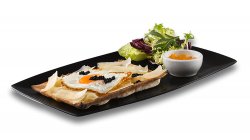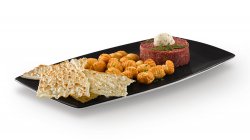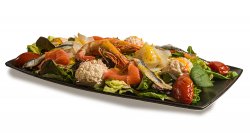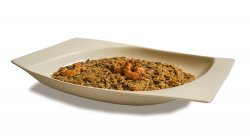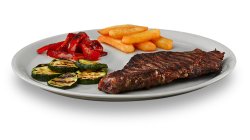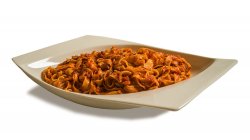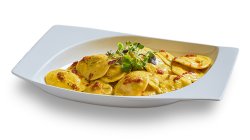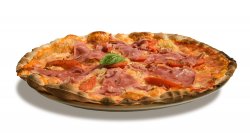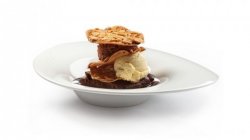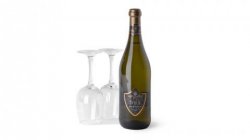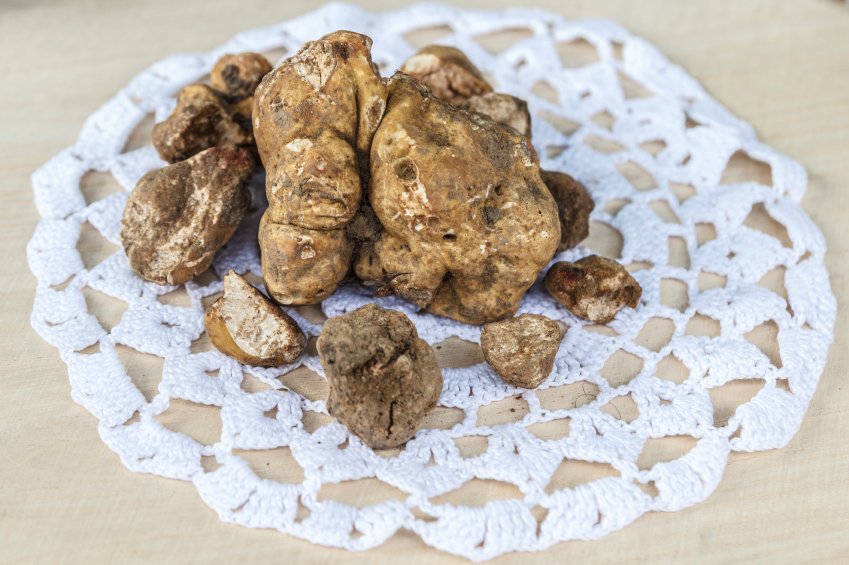
Cúneo, World Capital of White Truffle
The journey continues to the southernmost province of Piedmont: Cúneo. Located in a prime location where six valleys converge, it borders with France to the west and Liguria to the south. The stunning landscape is dominated by the Maritime Alps, which stretches across the province from northwest to southeast. The Langhe hills loom to the northeast in this mountainous province.
The eponymous capital of the province owes its name to the wide, wedge-shaped plateau on which it sits, between the Gesso Creek and the River Stura. Though the first permanent settlements in the area date back to the mid-12th century, the city was established on June 23, 1198, when the consuls and rectors of Pizzo del Conio rebelled against the Marquis of Saluzzo with the help of Asti. Cúneo gained independence in 1259. The Angevins, who brought economic prosperity, subsequently conquered it. Within a few years, the city passed into the hands of the Visconti family, followed by the Saluzzo and, lastly, the House of Savoy, who conquered the city in 1382. Despite unprecedented levels of peace and prosperity during this long period, they were short-lived. Owing to its strategic location, on the crossroads between Liguria and France, the city was coveted by different powers throughout its history. It is known as the "city of the 7 sieges", although it endured at least nine. Between the 14th and 18th centuries, Italian, Swiss, French, Spanish and Austro-Russian troops besieged Cúneo.
While Cúneo boasts many hidden culinary treasures, the truffle is the jewel in the crown. Piedmont's white truffles are unique in the world, and much sought after by international chefs. In the 18th century, Jean Anthelme Brillat-Savarin, the French jurist and author of the first treatise on gastronomy, "The Philosophy of Taste", defined this ingredient as the "diamond of gastronomy”. The city of Alba is the white truffle capital. It is argued that the small town owes its name to this unique truffle, as "Alba" means "white”. It cannot be said that truffles are aesthetically pleasing, and they look more like a tuber than a fungus, with some costing up to €15,000 per kilo. The scorzone is a more inexpensive truffle for slimmer wallets, with prices of around €90 per kilo.
Finding this exclusive ingredient in Cúneo’s mountains is far from easy. Indeed, specially trained dogs are used to hunt and harvest truffles near the tree's roots. Though they usually grow among the roots of oak trees, it is not uncommon to find them near willows and walnut trees. Legends abound about the origin of the white truffle. Some believe that truffles grow on frosty, moonlit nights, when the light filters through the cold, wet ground to the roots. Others think that they grow near the roots of trees struck by lightning. Some even swear by the legend that truffles are formed from drops of sperm deer.
Piedmontese cuisine is at its best in autumn, when grapes are harvested and truffle, mushroom and game hunting season coincide. The famous Alba Truffle Fair takes place on the first Sunday in October. The participants parade their best truffles in a unique procession. Those who can afford the price can enjoy its flavor at its best: a few slices of very hot truffle on homemade bread, dipped in extra virgin olive oil and sprinkled with a little coarse salt.
However, there is more to Cúneo than the white truffle! The local vineyards produce some of the best Italian wines. The Barolo, produced in and around Alba, is known as the "royal" wine, as it was highly valued by the ancient royal courts of Piedmont. Surprisingly, despite being considered one of Italy's top wines, it is not quite as popular internationally. Made with Nebbiolo grape, it is a strong, dry, textured and full-bodied wine, with aromas and nuances of violet, rose, truffle, tobacco and pepper. Barbesco is another classic wine from Cuneo. This wine is less full-bodied than Barolo. It is soft, fruity, slightly bitter and with an intense aroma of violets. Owing to its elegant and smooth texture, it is considered a very feminine wine compared with the rest of the region’s stronger wines. Both Barolo and Barbesco pair perfectly with red meats, game and strong cheeses.
The province also boasts a large variety of meats. The highly-marbled meat produced by an indigenous breed that is especially fattened with bran, whey, wheat, beets, and a cream made with egg yolk and sugar to encourage muscle growth is the best example. Oxen can barely walk, as they can weigh up to 1,250 kg.
Virtually every Italian province produces cheeses, including Cúneo. The Sora goat cheese is a safe bet for mild palates: light, fresh and aromatic. For more intense flavors, the Bruss is a must. A mixture of different cheeses, seasoned and fermented in Grappa, it has a texture similar to heavy cream. This cheese should be enjoyed in small amounts. These are but a few examples of Cúneo’s rich cuisine, a province in northern Italy that is a must-see. We will now travel from Cúneo to Vercelli. Would you like to join us?
44.3844766, 7.5426711
Cúneo
Cúneo (Coni in Piedmontese) is the capital of the province of Cúneo in Piedmont (Italy). The city has 55,464 inhabitants. It is located at the foot of the Maritime Alps near the River Stura di Demonte. It was established in 1198.
City: 55.464 hab.
Surface area: 119 kmª
Categories
